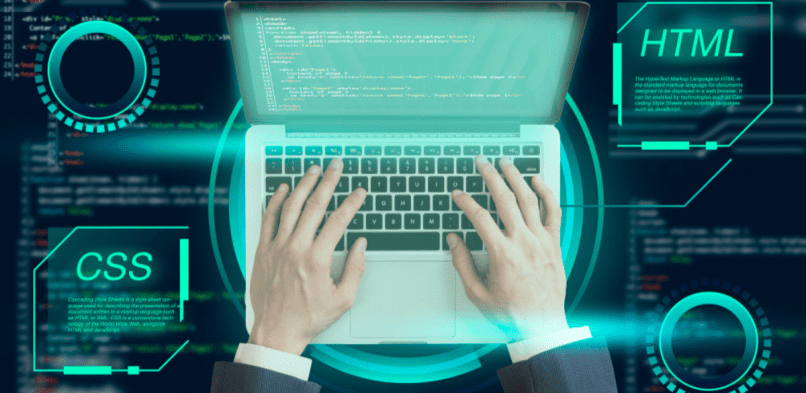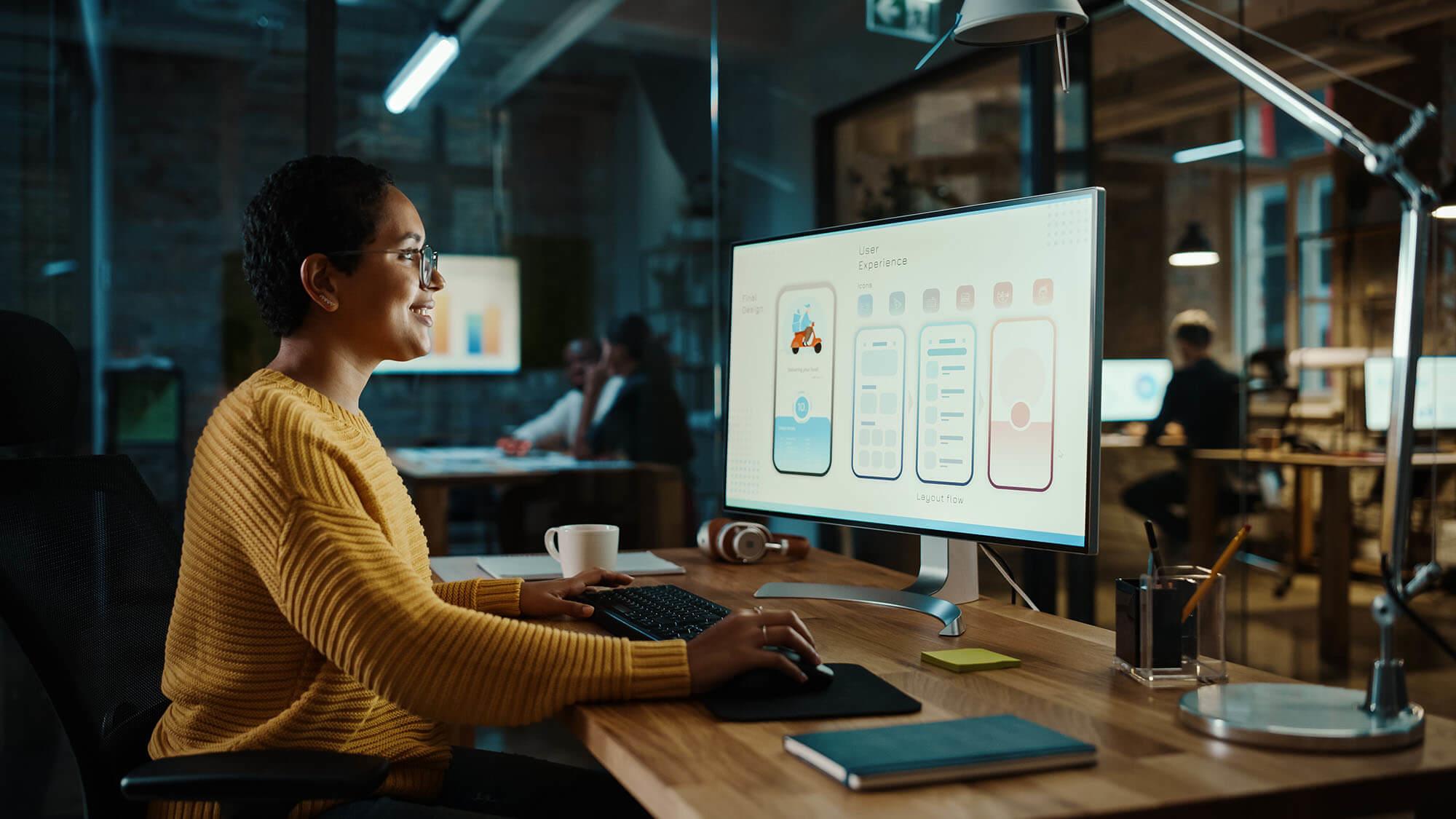Checking Out Various Kinds Of Website Design to Improve Individual Experience
In the ever-evolving electronic landscape, the expedition of diverse internet style techniques is critical for enhancing user experience. Incorporating interactive components further improves the individual journey, making sites a lot more vibrant and interesting.
Responsive Website Design
In an age where digital intake goes beyond numerous tools, responsive website design has actually come to be a cornerstone of reliable customer experience. The ubiquity of smart devices, tablets, and varying display sizes necessitates sites that adapt seamlessly to any type of display screen. Receptive internet style (RWD) uses flexible layouts, fluid grids, and media questions to ensure that web pages make efficiently, offering ideal use throughout gadgets. This adaptability not just boosts visual charm yet additionally boosts accessibility and navigating, vital for keeping user involvement.
The execution of RWD begins with a mobile-first method, focusing on the tiniest screen dimension to assure capability and visual comprehensibility. By using CSS media inquiries, developers can customize the internet site's look based on the features of each tool. This ensures that images scale appropriately, text remains understandable, and interactive elements are conveniently available, thereby minimizing the need for excessive scrolling or resizing.
In addition, receptive style adds to enhanced seo (SEARCH ENGINE OPTIMIZATION) by offering a regular individual experience and reducing bounce prices. Internet search engine prefer mobile-friendly sites, making responsiveness an important part of electronic method. Essentially, responsive website design is indispensable for accommodating varied individual interactions, fostering a inclusive and engaging on the internet presence.
Minimalist Layout Approaches
Minimal layout's appeal hinges on its capacity to boil down complex details into its most crucial elements, creating a user-friendly and minimalist user experience. By focusing on simplicity, minimal style eliminates supplementary information, enabling users to focus on core material and capability. This method is defined by ample white room, clean lines, and a restricted shade combination, every one of which add to a cosmetically pleasing and effective user interface.

Additionally, minimal style supports faster filling times, as less graphical aspects and minimized content complexity can lower the quantity of data needed to provide a web page. This efficiency not just enhances individual complete satisfaction yet additionally adds to better seo (SEO) positions. Minimalist design is not simply a stylistic choice yet a tactical strategy that can substantially impact customer engagement and conversion prices.
Interactive and Dynamic Aspects
Vibrant and interactive components are essential in enhancing user interaction and developing unforgettable internet experiences. These aspects consist of animations, float effects, sliders, and real-time updates, which not only record users' focus but likewise help with smooth navigating. By incorporating these functions, designers can transform fixed web pages into appealing electronic settings that encourage communication and expedition.
Animations, for example, can direct customers through facility information without frustrating them, while hover results provide why not look here instant comments, boosting the user's understanding of clickable areas. Web Design Gauteng. Furthermore, sliders permit users to see material at their own speed, and real-time updates make certain that information presented is pertinent and current, maintaining the user's interest

User-Centric Style Strategies
A keystone of reliable web style is the execution of user-centric style approaches, which focus on the demands and preferences of the end customer above all else. By focusing on the individual, developers can produce user-friendly, obtainable, and appealing experiences that enhance complete satisfaction and drive interaction.
One fundamental technique is use testing, which includes observing real individuals as they connect with the style. This process recognizes pain points and areas for improvement, enabling developers to refine the user interface iteratively. Incorporating responses loops and nimble techniques additionally ensures the design advances abreast with individual assumptions.
Additionally, ease of access is an important element of user-centric layout. Ensuring that digital systems are obtainable to all customers, including those with impairments, improves inclusivity and broadens the possible customer base. This can be attained via conformity with Web Content Accessibility Guidelines (WCAG) and the thoughtful application of style concepts like readability, comparison, and navigation.
Ultimately, see it here successful user-centric design fosters a smooth link between the user and the electronic environment, raising general customer experience.
Carrying Out Most Current Layout Trends
In the world of internet design, remaining abreast of the most current design trends is necessary for creating functional and visually engaging interfaces that captivate customers. Minimalist style, defined by tidy lines and enough white space, allows customers to concentrate on material without unnecessary diversions.

In addition, including the most current typography trends, such as variable fonts, provides flexibility and versatility throughout various devices and screen sizes, making certain uniformity in customer experience. Lastly, dark setting styles have gotten appeal as a result of their aesthetic charm and energy effectiveness on OLED displays. By purposefully applying these trends, internet developers can develop cutting-edge and straightforward sites that resonate with modern audiences.
Final Thought
An extensive exploration of different internet design approaches is important for enhancing individual experience. Inevitably, a informed and well balanced method to web style significantly enhances user satisfaction and communication, leading to improved total web site efficiency and success.
In the ever-evolving electronic landscape, the expedition of varied internet design methods is critical for enhancing user experience.A foundation of reliable web layout is the application of user-centric style approaches, which focus on the demands and choices of the end customer above all else. Making sure that electronic systems are obtainable to all users, consisting of those with impairments, improves inclusivity and expands the prospective customer base.In the realm of web design, staying abreast of the most current design trends is important for developing useful and aesthetically engaging user interfaces that captivate users (Web Design Gauteng).A comprehensive expedition of different internet layout methodologies is necessary for improving user experience